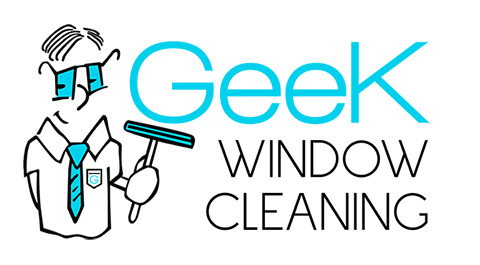Roof cleaning may not be at the top of your home improvement to-do list, but it’s a crucial task that protects your property from weather damage and stains. There are many methods to clean a roof, including blower cleaning, power washing, chemical washing, and soft window washing.
Power washing uses high-pressure water to blast away moss, mildew, dirt, and other organic materials. However, this method can damage shingles and void some roof warranties.
This blog is going to explore what you need to know about roof cleaning and how you can best be prepared to keep your house in great condition.
Debris Removal
Debris can build up on the roof of your house due to a variety of reasons. If your home is located near a tree canopy, leaves, pine needles, twigs, and branches can regularly fall onto the roof. These organic debris particles can damage shingles and lead to roof leaks if they aren’t removed promptly.
You can manually remove some of the smaller debris from your roof with a brush or broom, but you’ll need to do so carefully. Choose a day that is warm and dry for this task. You’ll also want to make sure that the shingles are not wet.
Another option is to use a blower to blow the debris off the roof. This can eliminate the need to walk on your roof and can help avoid damage. However, it can be difficult to control the direction of the blower and can cause debris to sift into garage spaces, attics, and skylights. It can also damage shingles by breaking up their adhesive and removing granules.
Algae Removal
If you notice dark streaks on your roof, they’re most likely a form of algae called “gloeocapsa magma.” These primitive plants aren’t harmful to the actual roofing material. However, they discolor the surface and hide its original color. They also hold moisture in shingles, which leads to a plethora of problems including premature shingle aging and rotting.
The best way to remove roof algae is to use a mixture of water and household bleach. You’ll want to spray the solution with a hose-end sprayer rather than a pressure washer, as excessive waterpower can damage shingles and shorten their lifespan. Also, be sure to protect any plants that will receive run-off from the bleach and water mix.
Another option is to use oxygen bleach, which uses hydrogen peroxide versus sodium hypochlorite as an oxidizer and is safer for the environment. This is available in liquid or powder form, and it lightens stains effectively without taking the color out of shingles.
Moss Removal
Using a hose with plain water or a store-bought moss-removing solution, spray the area of your roof where there is moss. Ideally, do this on a cool day and when rain is not in the forecast. If you’re using a commercial product, follow the instructions on the label for how long to let it set on the moss. If you’re using a homemade cleaner, use a pump sprayer ($37, Walmart) or large spray bottle to apply the mixture. Scrub with a long-handled soft-bristle brush or putty knife and scrub in a downward motion to avoid lifting the shingles.
When the moss is visibly dead, grab the hose and rinse off the solution and moss debris with a downward spray. Repeat the process as needed to completely remove the moss. Once the moss is removed, the roof will be protected from future growth.
Mold Removal
Often, homeowners don’t realize they have mold problems in out-of-the-way places like their roofs. If left untreated, mold can cause extensive damage and deterioration, causing shingles to disintegrate and allowing water to penetrate and corrode the wood sheathing beneath. If the mold is extensive, it may be time to call in a professional to handle the roof cleaning and possibly the mold remediation process.
A solution of chlorine bleach mixed with trisodium phosphate (TSP) can work well to clean the mold and algae from a roof. It is best to apply the solution during cool or cloudy weather so that the bleach doesn’t evaporate too quickly. A power washer can be used, but it is important to not apply the solution with too much force as this could damage the shingles.
After the roof is cleaned, it is important to check that all areas of the house are dry. Using fans and dehumidifiers as necessary to help the process.

Recent Comments